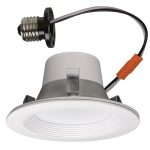Why LED Lights Flicker and How to Fix it: A Comprehensive Guide
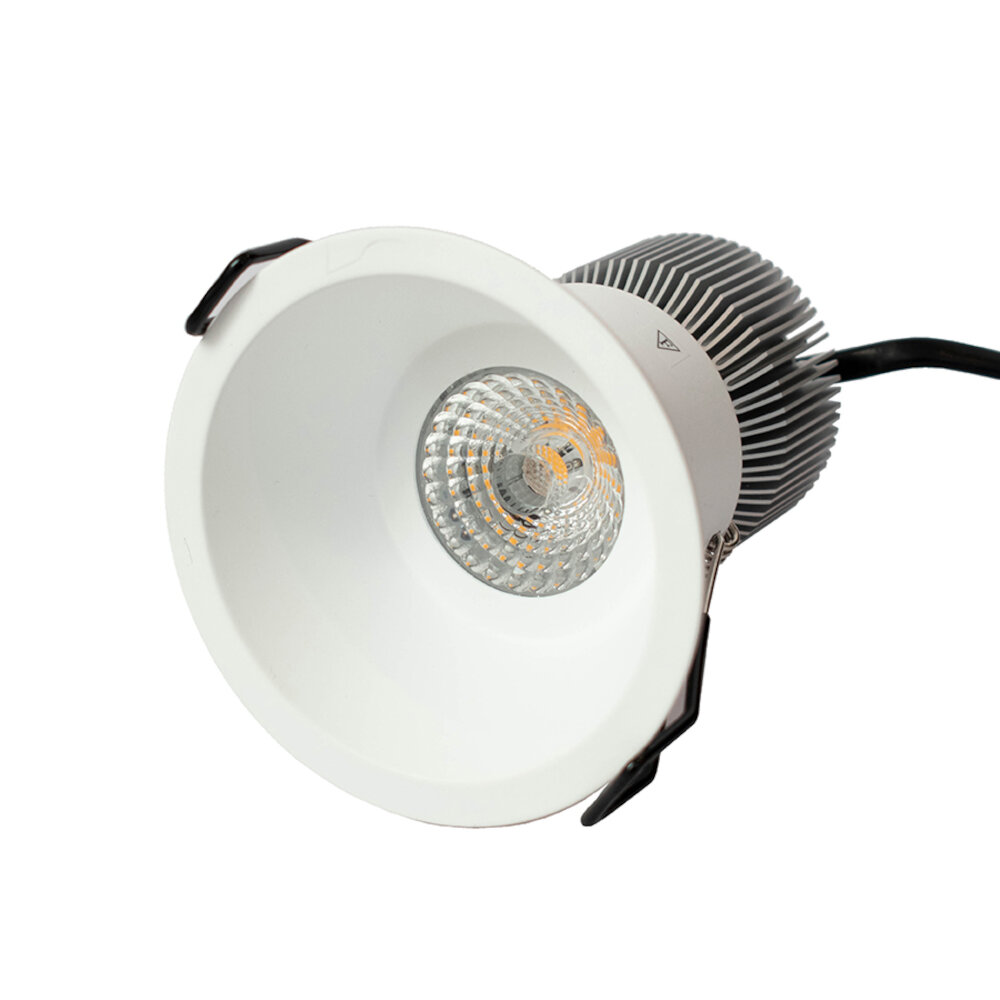
LED lights are a popular choice for homeowners and businesses alike due to their energy efficiency and long lifespan. However, one common issue that many people experience with LED lights is flickering. Flickering can be distracting and frustrating, and it can even cause headaches or eye strain for some people. Understanding why LED lights flicker and how to fix the problem can help you enjoy the full benefits of your lighting system without any interruptions. In this comprehensive guide, we will explore the reasons behind LED light flickering and provide practical solutions to fix it. From voltage fluctuations to incompatible dimmer switches, there are many factors that can contribute to LED light flicker. We will discuss each potential cause in detail and offer step-by-step instructions on how to troubleshoot and resolve the issue. Whether you are dealing with flickering lights in your home or business, this guide will equip you with the knowledge and tools you need to get your LED lights working smoothly and consistently.
Section 1: Understanding LED Flicker
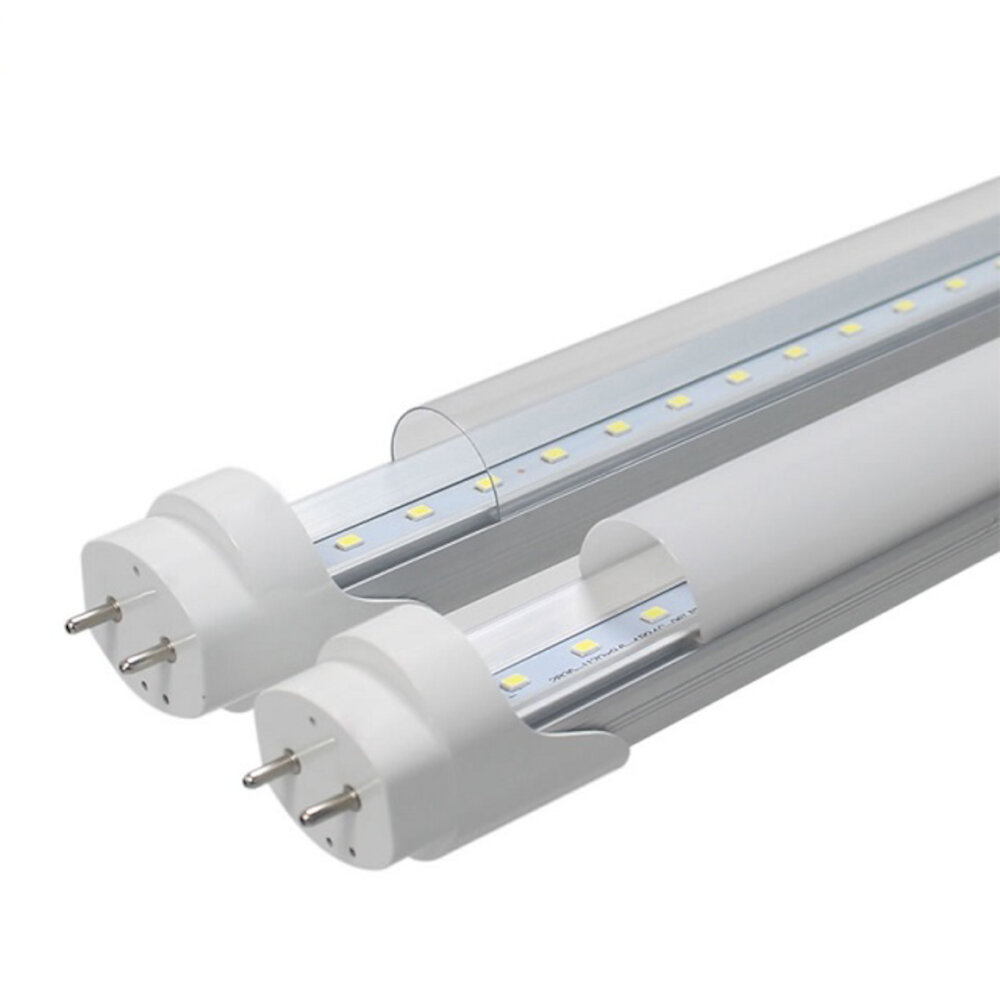
Section 1 of the article titled \Why LED Lights Flicker and How to Fix it – A Comprehensive Guide\ delves into the fundamental concept of LED flicker. The flicker, often described as the rapid fluctuation of light output, can be caused by a plethora of factors, including the LED’s construction, driver, and power source. The section aims to provide readers with a basic understanding of the science behind LED flicker by examining these factors and their impact on the light’s performance. The article explains that the construction of an LED light can affect its flicker. The flicker may occur due to inconsistencies in the manufacturing process, resulting in an uneven distribution of light output. Similarly, the driver, responsible for regulating the power supply to the LED, can also cause flicker, especially when the driver is of poor quality. Finally, the power source, whether it’s alternating current (AC) or direct current (DC), can also be a contributing factor. AC power sources can cause flicker due to its nature of fluctuating the voltage up and down rapidly, whereas DC power sources provide a consistent supply of power, which reduces flicker. Understanding the factors that contribute to LED flicker is vital in diagnosing and fixing the issue, which is further explored in the article.
LED flicker is a common issue that many people experience when using LED lights. There are a few reasons why LED lights flicker, including voltage fluctuations, incompatible dimming switches, and poor-quality LED drivers. Voltage fluctuations can occur when the electrical system in a building is not stable, causing a fluctuation in the electrical current that powers the LED lights. Incompatible dimming switches can also cause flicker, as they may not be designed to work with LED lights. Poor-quality LED drivers are another common cause of flicker, as they may not be able to regulate the current flowing to the LED lights effectively. Overall, understanding the causes of LED flicker is important for ensuring that your LED lights are working properly and that you are getting the most out of your investment.
LED flicker can be caused by a variety of factors, including voltage fluctuations, incompatible dimmer switches, and the quality of the LED driver. The most common types of LED flicker are visible flicker, which can be seen with the naked eye and is caused by a low refresh rate or poor driver quality, and invisible flicker, which cannot be seen but can cause eye strain, headaches, and fatigue. Additionally, stroboscopic flicker occurs when the LED light flashes on and off rapidly, which can be dangerous in settings such as industrial workplaces or when driving. To address these issues, it is important to choose high-quality LED bulbs and drivers, use compatible dimmer switches, and ensure stable voltage levels.
LED flicker can be easily identified by observing a rapid and repetitive change in the light output of the LED. This phenomenon is often caused by an unstable power supply or an incompatible dimming system. To detect LED flicker, one can use a digital camera or smartphone camera to capture the light output of the LED. If the camera shows a noticeable flicker in the video recording, then there is a high chance that the LED is flickering. Additionally, one can use a flicker meter or a power quality analyzer to measure the frequency and amplitude of the flicker. By identifying the source of the flicker, one can take the necessary steps to fix the issue and ensure a stable and consistent lighting experience.
Section 2: Effects of LED Flicker
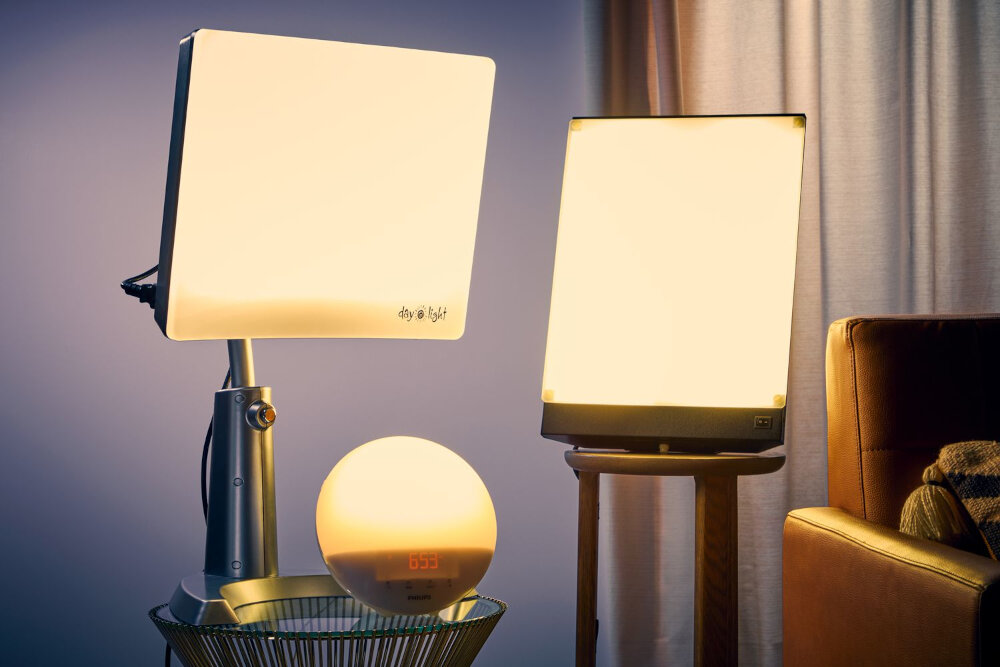
In this section, we will discuss the effects of LED flicker. LED flicker can have various negative impacts on our health, mood, and productivity. For instance, it can cause headaches, eyestrain, and even migraines. Moreover, it can affect our sleep quality and disrupt our circadian rhythm. This is because LED flicker emits blue light, which suppresses melatonin, a hormone that regulates our sleep-wake cycle. As a result, exposure to LED flicker can make it harder for us to fall asleep and wake up on time. LED flicker can also affect our cognitive abilities and productivity. Studies have shown that flicker rates between 3 Hz and 70 Hz can impair our visual performance, reaction times, and attention span. Additionally, flickering lights can cause discomfort and distraction, leading to decreased concentration and work efficiency. Therefore, it is crucial to address LED flicker issues in our homes, offices, and public spaces to ensure a safe and healthy environment for everyone. By understanding the effects of LED flicker, we can take the necessary steps to prevent its negative impacts on our well-being and productivity.
LED flicker can have several negative health effects on individuals, including headaches, eye strain, and fatigue. This is because the flicker can cause the pupils in the eyes to dilate and contract rapidly, leading to discomfort and strain. Additionally, flickering lights can disrupt the body’s natural circadian rhythms, which can lead to sleep disturbances and mood changes. It’s important to address LED flicker promptly to avoid these health effects and ensure a comfortable and healthy living or work environment.
LED flicker can have detrimental effects on electronics, particularly those with sensitive circuitry. When an LED light flickers, it can cause voltage fluctuations that may affect the performance of electronic devices, leading to malfunctions or even damage. This is because the voltage fluctuations can cause interference in the electronic signals, leading to errors or disruptions in the device’s operation. Additionally, LED flicker can cause eyestrain and headaches for people, especially those who spend extended periods of time working under flickering LED lights. It is important to address LED flicker through proper installation and use of high-quality LED lights that do not produce flicker, ensuring that electronic devices and people can function optimally without any negative impacts.
LED flicker can have a significant impact on energy consumption. When LED lights flicker, they consume more power while producing less light, leading to a loss of energy efficiency. This increased energy consumption not only leads to higher electricity bills but also has negative environmental implications. Additionally, flickering lights can be a nuisance, causing eye strain and headaches, and reducing overall productivity. Therefore, it is essential to address the issue of LED flicker to ensure optimal energy efficiency, reduce electricity costs, and minimize environmental impact.
Section 3: How to Fix LED Flicker
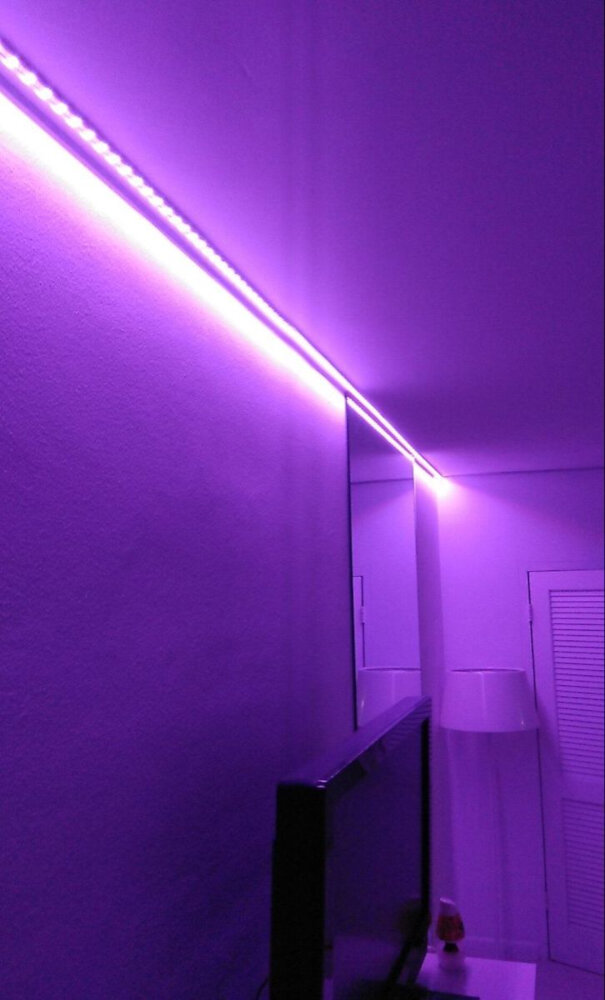
LED lights are the latest and most energy-efficient lighting option available in the market today. However, one of the most common issues faced by LED users is flickering. This issue not only causes discomfort, but it can also lead to headaches and eye strain. To fix LED flicker, the first step is to identify the root cause. Voltage fluctuation, incompatible dimmer switches, and poor-quality LED bulbs are some of the most common causes of flickering. If voltage fluctuation is the root cause of the flickering, installing a voltage stabilizer can help stabilize the current and prevent the flicker. Alternatively, upgrading to a higher-quality LED bulb that is compatible with the current voltage can also solve the issue. If the flicker is due to incompatible dimmer switches, replacing the existing dimmer switch with a compatible one can solve the problem. It is important to note that not all LED bulbs are compatible with all dimmer switches, so it is essential to check the compatibility before installation. In the case of poor-quality LED bulbs, replacing them with high-quality ones can prevent flickering and improve the overall performance of the LED lighting system.
Dimmer switches are a popular choice for controlling the brightness of lights, including LED lights. However, not all LED lights are compatible with dimmer switches, which can result in flickering or even damage to the LED bulb. LED lights require specialized dimmer switches that are designed to work with their unique electronic components. It is important to ensure that the dimmer switch is specifically labeled as compatible with LED lights before installation. Additionally, it is essential to check the wattage and voltage of both the LED bulb and the dimmer switch to ensure they are compatible. By taking these precautions, you can enjoy the benefits of dimmable LED lights without the annoyance of flickering or potential damage to your bulbs.
LED lights are known for their energy efficiency and longevity, but they can also be susceptible to flickering. One solution to this problem is to use an LED driver. An LED driver regulates the amount of current and voltage supplied to the LED, which can help reduce flicker. LED drivers come in a variety of types, including constant current, constant voltage, and dimmable drivers. By choosing the appropriate LED driver for your lighting system, you can ensure that your LEDs operate smoothly and without any annoying flicker. Additionally, LED drivers can help extend the lifespan of your LEDs by providing consistent power and preventing power surges.
Changing the LED bulb or fixture can be a simple solution to fix flickering lights. First, turn off the power source to the fixture to avoid any electrical hazards. Then, remove the old bulb or fixture and replace it with a new LED bulb or fixture that is compatible with the dimmer switch, if applicable. It’s important to note that not all LED bulbs are compatible with all dimmer switches, so be sure to check the packaging or consult with a professional before making a purchase. Once the new bulb or fixture is installed, turn the power back on and test the lights to ensure the flickering has stopped. With the right equipment and precautions, changing the LED bulb or fixture can be an easy fix for flickering lights.
Aside from the aforementioned solutions, there are other tips for fixing LED flicker. One of these is to check the wiring and connections of the LED lights, as loose or faulty connections can cause flickering. Another tip is to use compatible dimmer switches specifically designed for LED lights, as using traditional dimmer switches can cause flickering. Additionally, replacing old or faulty LED drivers can also solve flickering issues. It is important to remember that LED flickering can be caused by a variety of factors, and it may take some trial and error to find the best solution for your specific situation.
Section 4: Prevention of LED Flicker
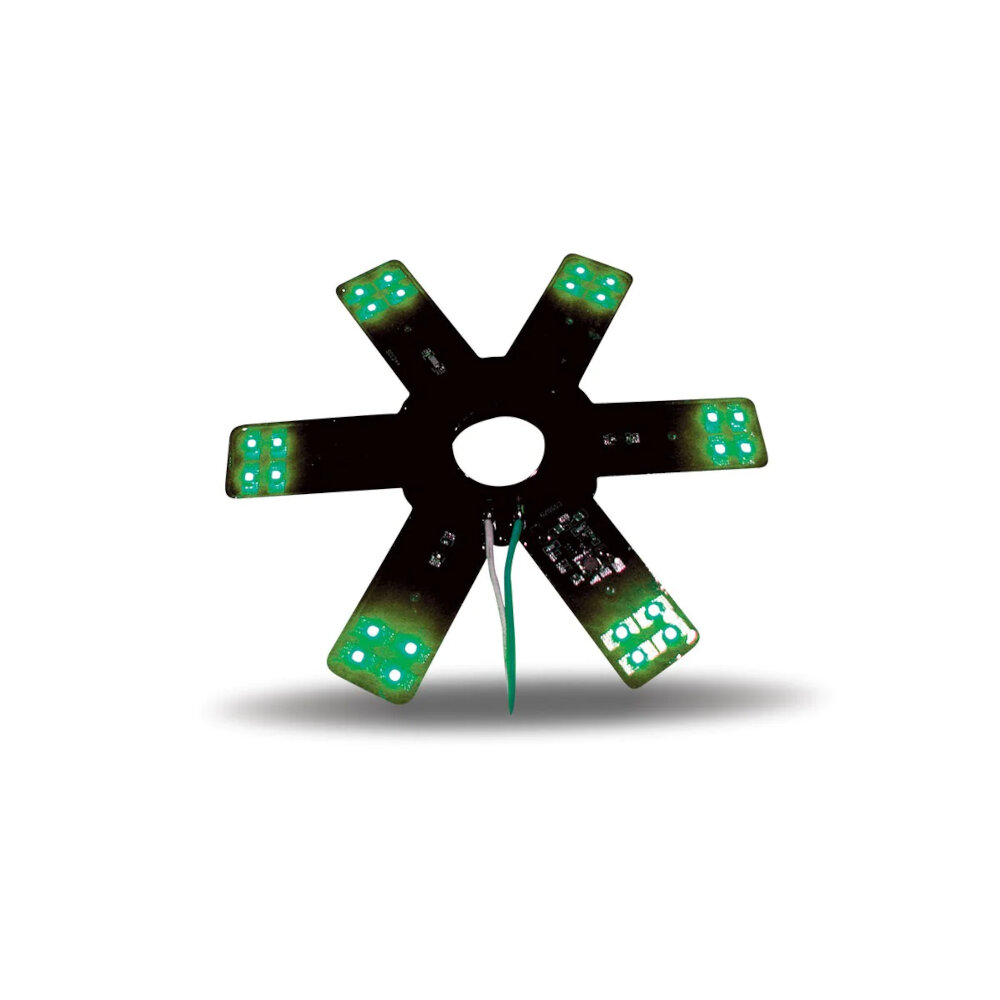
Section 4: Prevention of LED FlickerPreventing LED flicker is essential to ensure the longevity of the LED light and prevent any discomfort or health issues caused by flickering lights. One of the most effective ways to prevent LED flicker is by using high-quality LED drivers. LED drivers are electronic devices that regulate the current and voltage that powers the LED light. High-quality LED drivers ensure that the current and voltage supplied to the LED are consistent, which reduces the chances of flickering. Moreover, LED drivers also help prevent overloading and overheating of the LED, which is crucial to extend the LED’s lifespan. Another way to prevent LED flicker is by choosing the right dimmer switch. Dimmer switches control the amount of light emitted by the LED, and choosing the wrong dimmer switch can cause flickering. To prevent this, it is essential to choose a dimmer switch that is compatible with the LED light. Leading-edge dimmer switches are compatible with LED lights, but some trailing-edge dimmer switches are not. Therefore, it is crucial to check the compatibility of the dimmer switch with the LED light before making a purchase. By choosing the right dimmer switch and high-quality LED drivers, LED flicker can be prevented, ensuring a smooth and consistent light output that is both comfortable and safe.
When choosing LED products, it is important to prioritize quality over price. High-quality LED lights can provide reliable and consistent performance, while low-quality products may flicker or fail prematurely. Look for LED products that have been tested and certified by reputable organizations, such as Energy Star and UL. Pay attention to the color temperature and brightness of the LED lights, as well as the wattage and beam angle. Additionally, consider the warranty and customer reviews of the product before making a purchase. By choosing high-quality LED products, you can avoid issues with flickering and ensure a long-lasting and energy-efficient lighting solution.
Proper installation techniques are essential for preventing LED lights from flickering. Firstly, it is important to ensure that the LED lights are compatible with the dimmer switch being used. Installing a dimmer switch that is not compatible with the LED lights can lead to flickering. Secondly, wiring must be done correctly to prevent voltage drops that can cause flickering. It is recommended to use high-quality wiring and connect the LED lights in parallel, rather than in series. Finally, it is important to avoid overloading the circuit as this can cause voltage drops and flickering. By following these proper installation techniques, LED lights can be installed without any flickering issues.
Proper maintenance and inspection of LED lighting is crucial to ensure their optimal performance and longevity. Regular cleaning of the fixtures, lenses, and bulbs can prevent flickering caused by dirt and debris buildup. Additionally, checking for loose connections, damaged wires, and faulty drivers can help identify and resolve any electrical issues that may cause flickering. It is also important to monitor the ambient temperature and ensure the LED lights are not overheating, as this can lead to premature failure. By implementing a proactive maintenance and inspection routine, you can ensure your LED lights operate smoothly and efficiently, without any flickering or other issues.
In conclusion, LED lights flicker due to various reasons like voltage fluctuations, incompatible dimmer switches, or faulty wiring. These fluctuations can cause eye strain, headaches, and other health issues. However, the good news is that there are several ways to fix LED flickering, including replacing incompatible bulbs, installing a compatible dimmer switch, or using a voltage stabilizer. It is essential to address this issue promptly to prevent further damage and ensure the longevity of your LED lights. By following the tips mentioned in this comprehensive guide, you can enjoy a stable and flicker-free lighting experience.
In conclusion, LED flicker is a common issue that can be caused by several factors, including voltage fluctuations, incompatible dimmer switches, and poor-quality LED drivers. To fix the problem, it is essential to identify the root cause and address it accordingly. This can involve upgrading the electrical system, replacing dimmer switches with compatible ones, or upgrading to high-quality LED drivers. Preventative measures can also be taken, such as selecting LED bulbs and drivers that are designed to minimize flicker and voltage fluctuations. Overall, by taking the necessary steps to fix and prevent LED flicker, you can enjoy the full benefits of LED lighting, including energy efficiency, long lifespan, and high-quality lighting.
Conclusion

In conclusion, LED lights have become a popular lighting option due to their energy efficiency and longer lifespan. However, LED lights may flicker due to various reasons such as voltage fluctuations, incompatible dimmer switches, or faulty wiring. It is essential to identify the cause of the flicker before attempting to fix it. The solutions to fix LED flickering range from simple fixes such as tightening loose connections to more complex ones such as replacing incompatible dimmer switches. Overall, understanding the reasons behind LED flickering and implementing the appropriate solutions can ensure a stable and enjoyable lighting experience.

